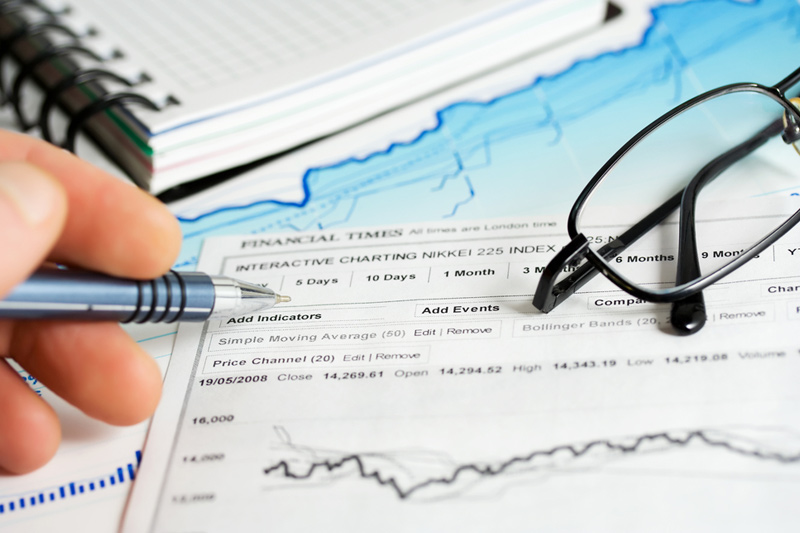By Vidya Ranganathan
SINGAPORE (Reuters) -Japan’s yen took the spotlight in Asia on Monday, weakening briefly to the 150-per-dollar level as investors betting on a further rise in dollar yields lost out to those expecting Japanese authorities will intervene in markets.
The risk of Israel’s war on the Islamist group Hamas becoming a wider regional conflict kept markets on edge, as Israeli air strikes battered Gaza early on Monday, and the United States dispatched more military assets to the region.
U.S. Treasuries were subdued as investors hunkered down for a European Central Bank meeting and U.S. GDP data later in the week.
Ten-year yields were around 4.98%, having briefly popped above 5% last week after Federal Reserve Chair Jerome Powell said the U.S. economy’s strength and hot labour markets might warrant tighter financial conditions.
The added 0.1% to 106.28, with the euro down 0.2% at $1.0574.
The Japanese yen last traded at 149.93 per dollar, after briefly easing early on Monday to 150.14, a level last seen on Oct. 3 when traders had suspected the Bank of Japan (BOJ) intervened to nudge it to the stronger side of 150.
Masafumi Yamamoto, chief currency strategist at Mizuho Securities in Tokyo, said it seems like a set of investors were betting the BOJ will defend the 150 level, even as others saw rising U.S. yields as a reason to keep pushing the dollar up.
“Potentially there are two camps out fighting around 150, so that’s why dollar-yen doesn’t move from here,” Yamamoto said.
While there was some speculation the BOJ might once again tweak its yield-curve policy band at a scheduled policy review next week, the BOJ had also shown it will not let domestic yields rise sharply, he said.
The benchmark JGB yield was at 0.855%, its highest level since July 2013. Yields dipped on Friday after the BOJ announced more loans to encourage financial institutions to buy JGBs.
Even though it hasn’t risen lockstep with yields, the dollar has been underpinned by the steady rise in yields at the long end of the U.S. Treasuries curve, driven by widening term premiums on expectations of stronger growth and fiscal slippage.
Since mid-July, the trade-weighted dollar index is up 6.7% but has been nearly steady this month.
“It is a bit of a puzzle that DXY hasn’t retested the early October lows, given its strong foundations of high yields backed by strong growth, strong energy production as concerns grow over the Middle East and haven status,” said Sean Callow, a currency strategist with Westpac.
“However, DXY downside is likely limited to the mid-105s and we continue to target 109 in Q4/Q1.”
Other analysts pointed to the stability in the yen and , both big components of the DXY trade index, as the reason for the tepid moves in the dollar index.
Oil prices slid more than $1 on Monday on diplomatic efforts over the weekend to contain the conflict, and reducing concerns of a big disruption to oil supplies. futures fell as far as $91.14 a barrel, but are still up roughly 10% over 10 days.
The ECB meets on Thursday, and a poll by Reuters shows while it is done raising rates it won’t begin easing until at least July 2024. It raised its key interest rates by 25 basis points in September.
In cryptocurrencies, bitcoin last rose 3.6% to $30,670.63.
Read the full article here
